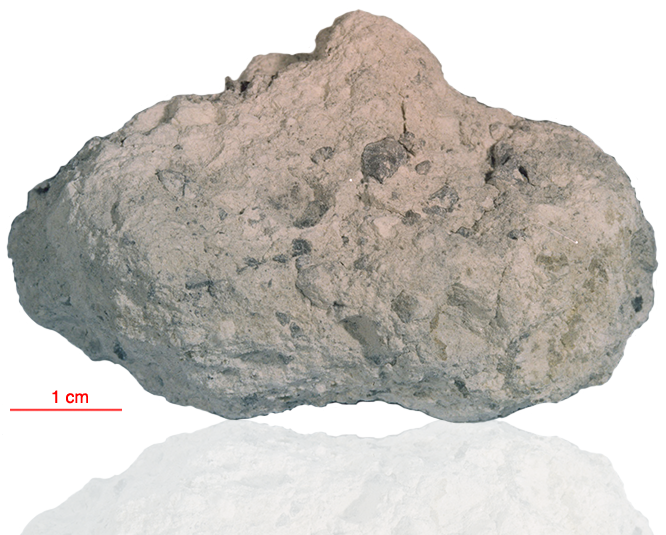
Fact sheet
Samples 67515-67519 are a suite of chalky white rocks that were returned to Earth in the same bag. They are friable and contain lithic fragments of cataclastic anorthosite and feldspathic granulite. Our thin section contains 11 fragments of 67515, some of which are anorthositic (rotation 1), but other grains are fragments of dark impact melt. One fragment contains a large pyroxene crystal associated with highly shocked plagioclase feldspar (rotation 2).
The sample weighed 60.8 grams before analysis and has not been dated.
Further details of this and other Apollo samples are here: http://curator.jsc.nasa.gov/lunar/
The thin section is slightly thick.
The Apollo 16 landing site was in the hilly region around Descartes crater in the lunar highlands. The landing spot was chosen to allow the astronauts to gather geologically older lunar material (Descartes Formation and the Cayley Formation) than the samples obtained in the first four landings, which were in or near lunar maria.
The mission lasted 11.1 days, with a stay on the lunar surface of 71 hours. The crew were on the lunar surface for 20.2 hours during which they traversed approximately 27 kilometers and collected approximately 96 kilograms of samples.
Apollo 16 was launched on 16 April 1972.






